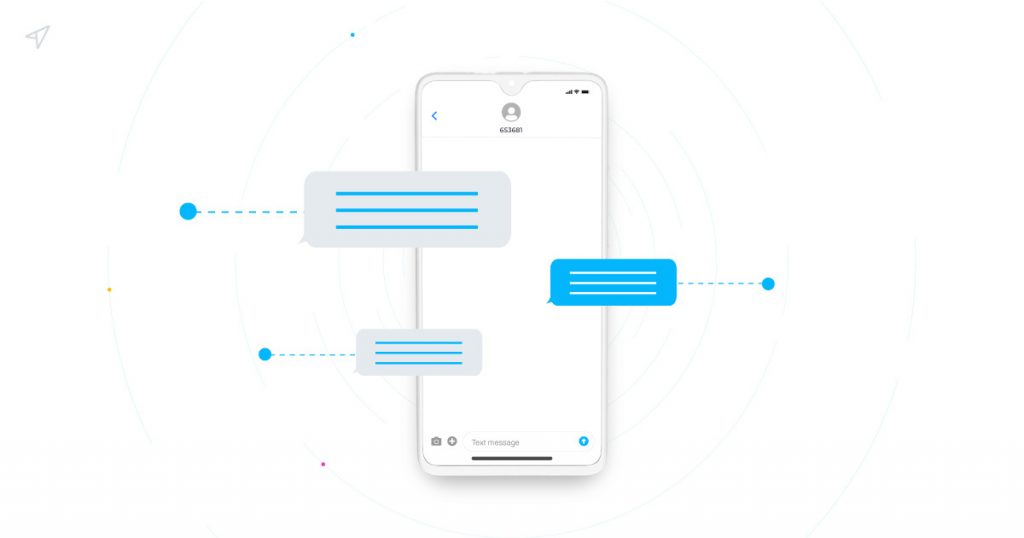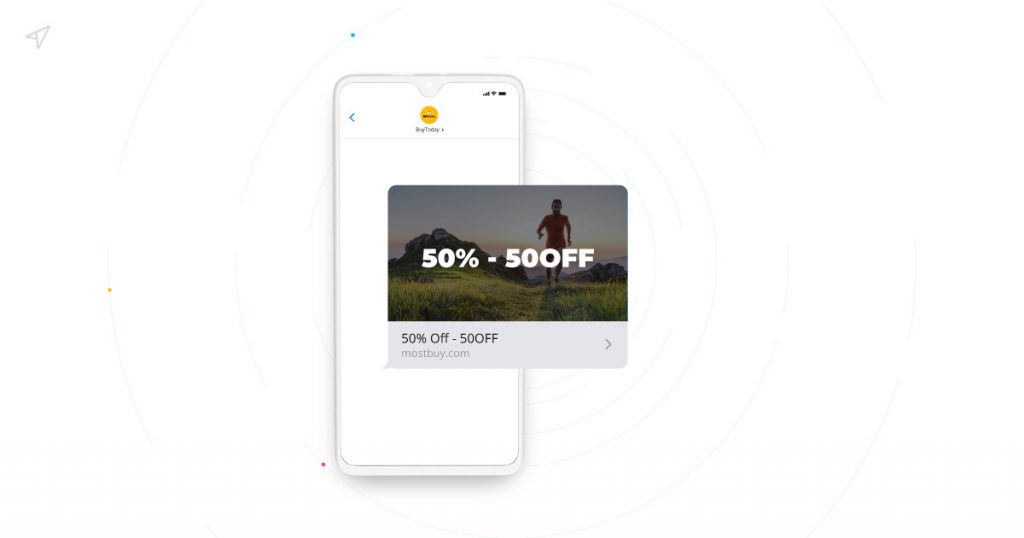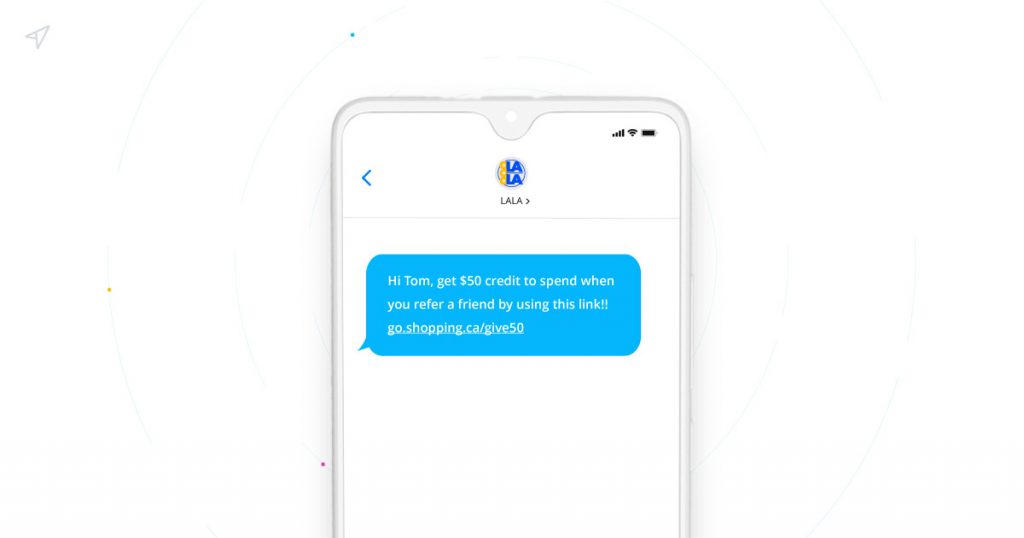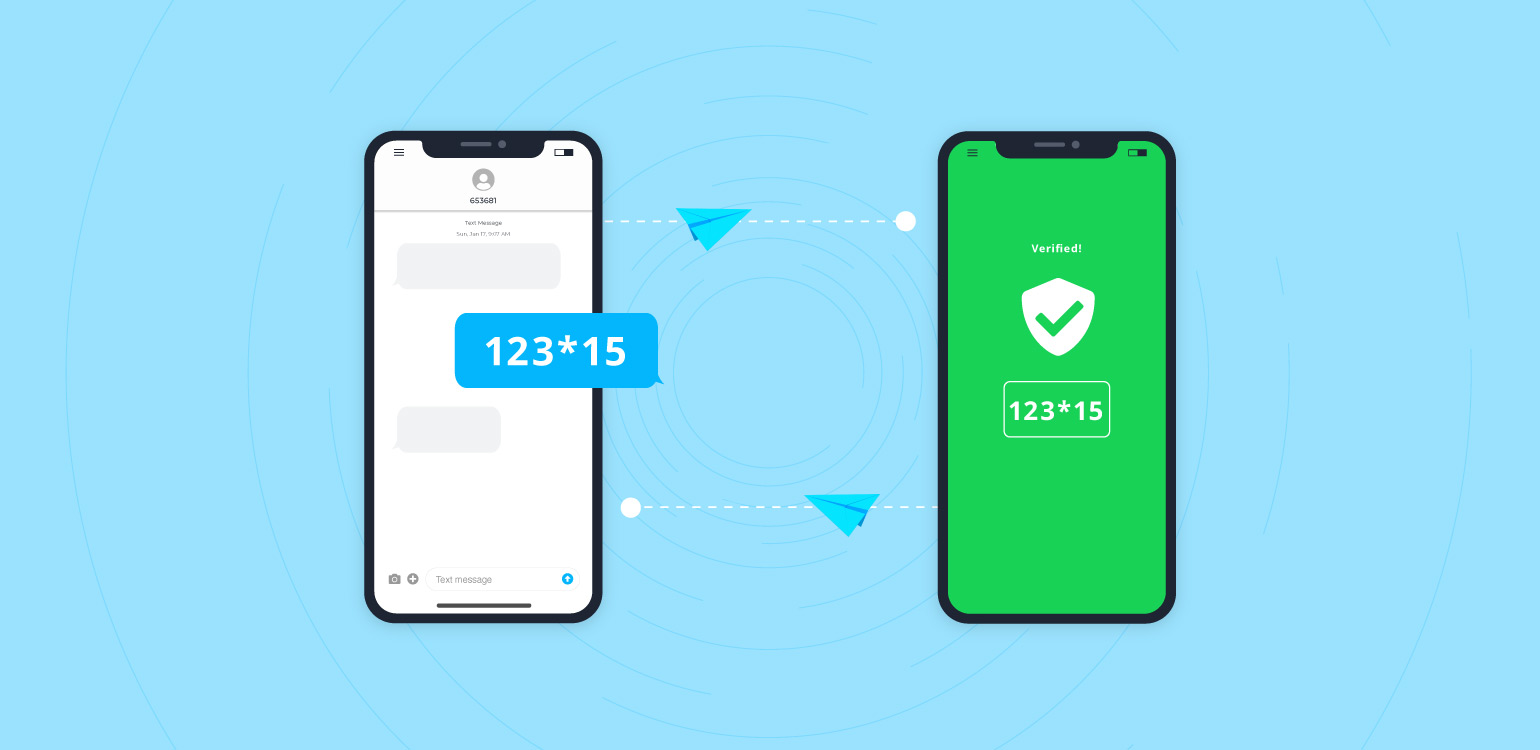When starting out your SMS marketing campaign, it is imperative that you Build SMS Lists. SMS campaigns are an indispensable mobile marketing strategy. These forms of mostly text-based messages are notable for their effectiveness.
Amongst all marketing channels, SMS messages have recorded the highest open rates. They also generate the most interaction; with higher response and click through rates. Although the world is deluged with mobile phones and internet-ready devices, people still do a lot of texting.
Clearly, businesses would gain a lot from utilizing this medium of communication. However, before starting out on sending either informational, conversational, or promotional messages, your business must comply with the standard rules and regulations.
These standards are described by the Federal Communications Commission and The Telephone Consumer Protection Act of 1991 guide with managing user consent. Other rules set by the Cellular Telecommunications and Internet Association also indicate these services must comply with user opt-in laws.
Building SMS lists (learn more about this in our article Best Practices for Managing SMS Marketing Lists) and managing user consent go hand in hand; here are some tips on making this work:-
Conversational messages

These are interactive messages that usually start at the consumer side. The fact that they are initiated by the consumer side indicates that they were consented to.
According to the requirements laid down by the CTIA for this type of application to person messaging, additional opt-in actions are unnecessary.
Informational messages
In this form of business messaging, it is compulsory that you get express user consent. Consent to these types of text messages can come from a user agreeing via web forms, via text, or verbally.
These types of messages are information centered and may include; notifications of account updates as well as appointments.
Promotional messages

These types of messages are exactly as they sound. They are targeted at promoting or marketing a business. They usually require a user expressly affirming their consent via written text. Customers may opt-in to receive these messages by signing a form, filling a web checkbox, or a web form.
Opt-ins.
When building your SMS lists, your subscribers can come from two major sources; mobile and non-mobile opt-in sources.
Mobile phone opt-ins
Subscribers opt-in by initiating an inbound message to your messaging application or service via their phone numbers. This type of registered consent is the regular, single opt-in type.
Usually, users are prompted by ads on social media, printed sign boards/display advertisements, or a specific call to action strategically positioned on websites.
After a user consents by sending a specific keyword to your short or long code, it is expected that an automated confirmation message is sent in return.
This confirmation message should contain certain essential parts; the name and description of your business and instructions pertaining to being helped as well as the option to opt-out.
Other essential aspects of the confirmation message include information about any possible fees or charges. It is also important for messages like this to reveal that these interactions will be continuous. The frequency of the messages should be indicated too.
Non-mobile opt-ins
Unlike the mobile phone opt-in source, subscribers do not initiate by sending direct messages. Instead, other mediums are used to indicate consent. These mediums can range from mobile applications to Interactive Voice Response phone systems as well as web pages. Consent can also be provided in person.
Since this form of opt-in does not occur directly, there is a need to confirm the authenticity of the number provided by a user. Just like in the non-mobile sources, a user receives an automated confirmation message after registering consent.
In the double opt-in process, the user gets a second opt-in along with a prompt or call to action(CTA). This double opt-in process verifies the details provided by a user and confirms registered consent too.
The CTA in the confirmation message is geared towards prompting the user to confirm their consent. Common examples of this would be a user sending in a ‘YES’ as soon as the automated prompt comes in.
The message should contain essential parts such as the business’s name and description, instructions geared at helping out, and an opt out option. Others include information about the privacy policy and terms and conditions.
Just like in the mobile phone opt-in source, it is also important that you indicate that these messages will be continuous. The frequency should be revealed too.
Building your SMS Lists
In text message marketing and when mapping out the ideal text messaging campaign strategies, a lot depends on your SMS marketing list. After ensuring proper compliance and customer consent, here are a few tips on how to build your SMS Lists:
- Offer Incentives with boldly communicated CTA’s
- Capitalize on the power of referrals
- Use e-mail subscribers
1. Offer Incentives with boldly communicated CTA’s
One sure way to build an SMS list is by incentivizing the action. Let your customers know that they are liable to get that extra something when they join your SMS list. It is important that your offer is boldly and clearly communicated in order to avoid the risk of violating TCPA laws.
By utilizing effective marketing software, you also prevent users from opting in multiple times.
Your offer can be put on your website, communicated via ads on social media, and even displayed for people to see in person.
2. Capitalize on the power of referrals

Pre-existing customers are more likely to tell their family and friends about your business if they have had a great customer experience. Now, how can you capitalize on this to build your SMS lists? By asking for referrals! It still builds on the importance of incentivizing customers as loyal customers stand to gain discounts or rewards by completing the action.
Get them to get their friends to sign up for your SMS list. If effectively strategized, it is a great way to build your list.
3. Use e-mail subscribers
Another great way to build your list is by getting an already hooked audience to join your SMS list. To do this, update the web form used to register e-mail subscribers by adding a field to collect phone numbers. Remember that users must consent to whatever form of business messaging you have in store for them.
As an alternative, you could also send e-mails to subscribers on your list informing them of your SMS list. E-mails like this should be incentivizing with boldly communicated CTA’s and should strike a sense of urgency.
Conclusion
SMS’s continue to remain relevant, and statistics show that it is going nowhere! You do not have to wade through these technicalities. We can help to seamlessly incorporate this text-based form of marketing into your mobile marketing strategy. Contact us to learn more!
Need to chat about your mobile marketing strategy?
More than 10,000 marketers use Maropost to engage with their prospects and customers through emails, SMS, social media and more. We’re here to help you growing your business!
Chat Now

